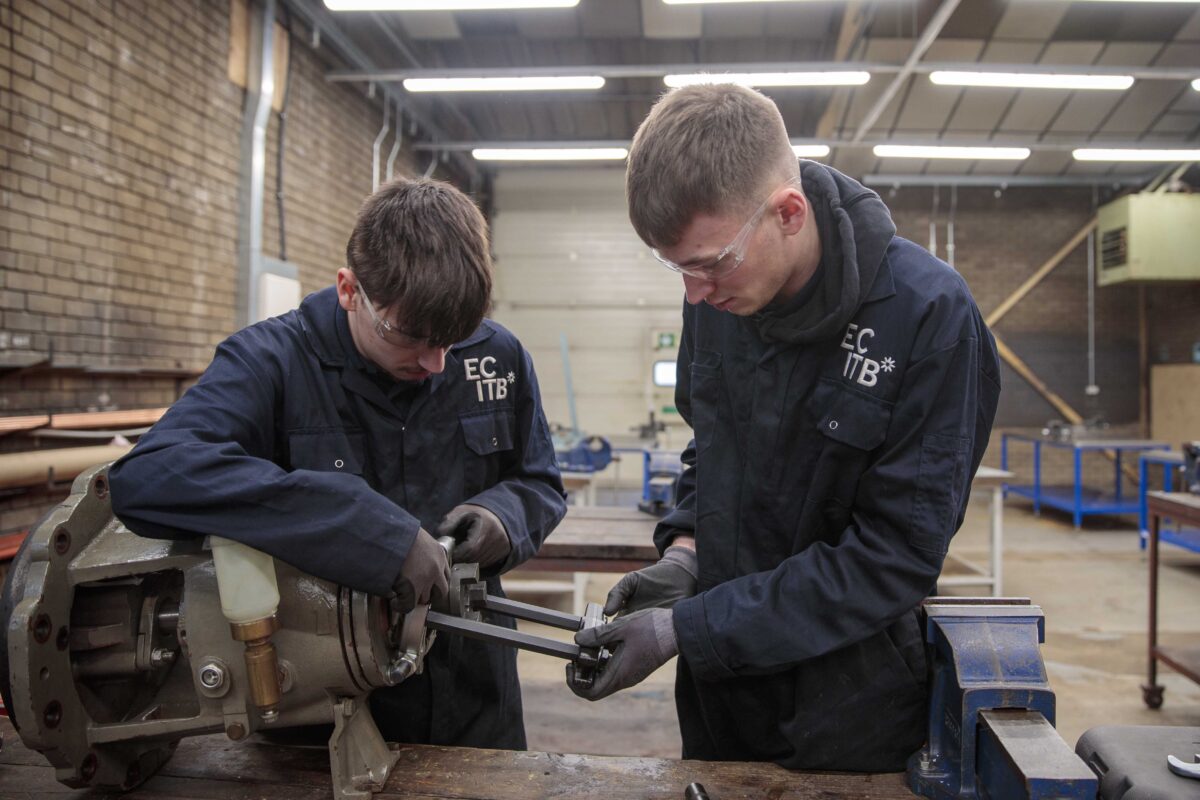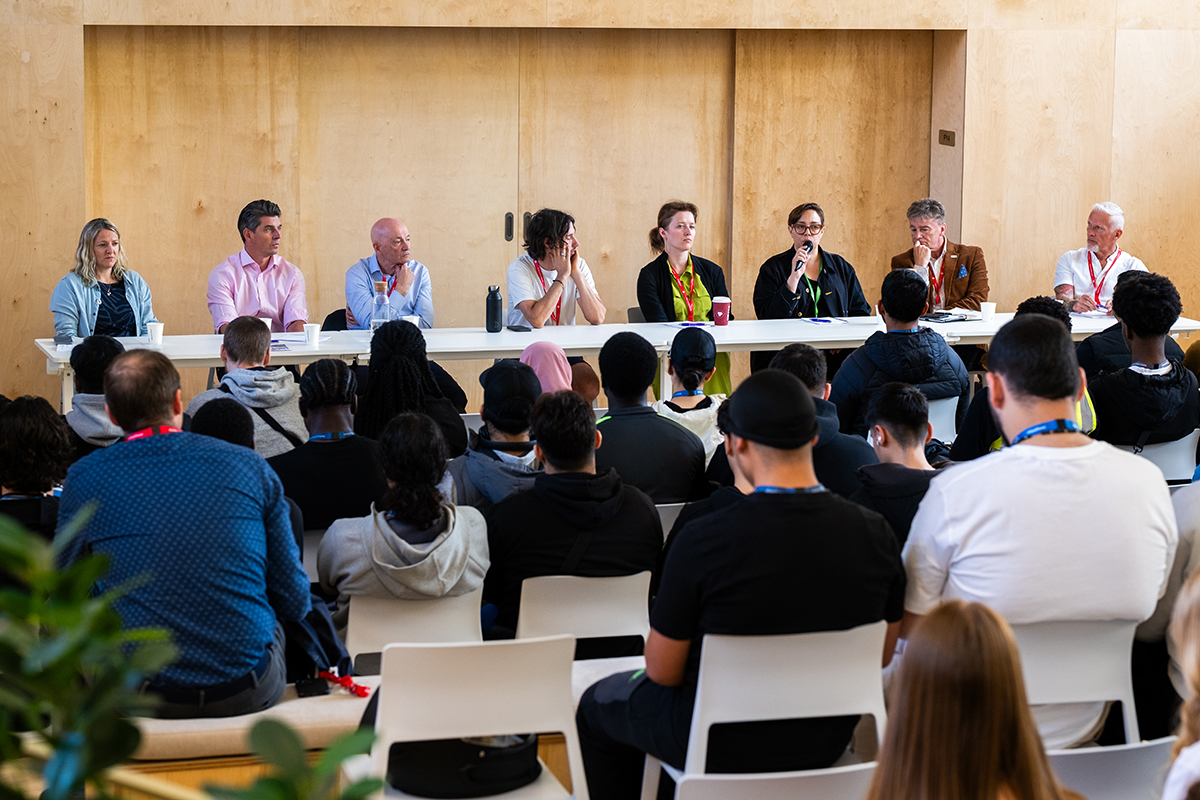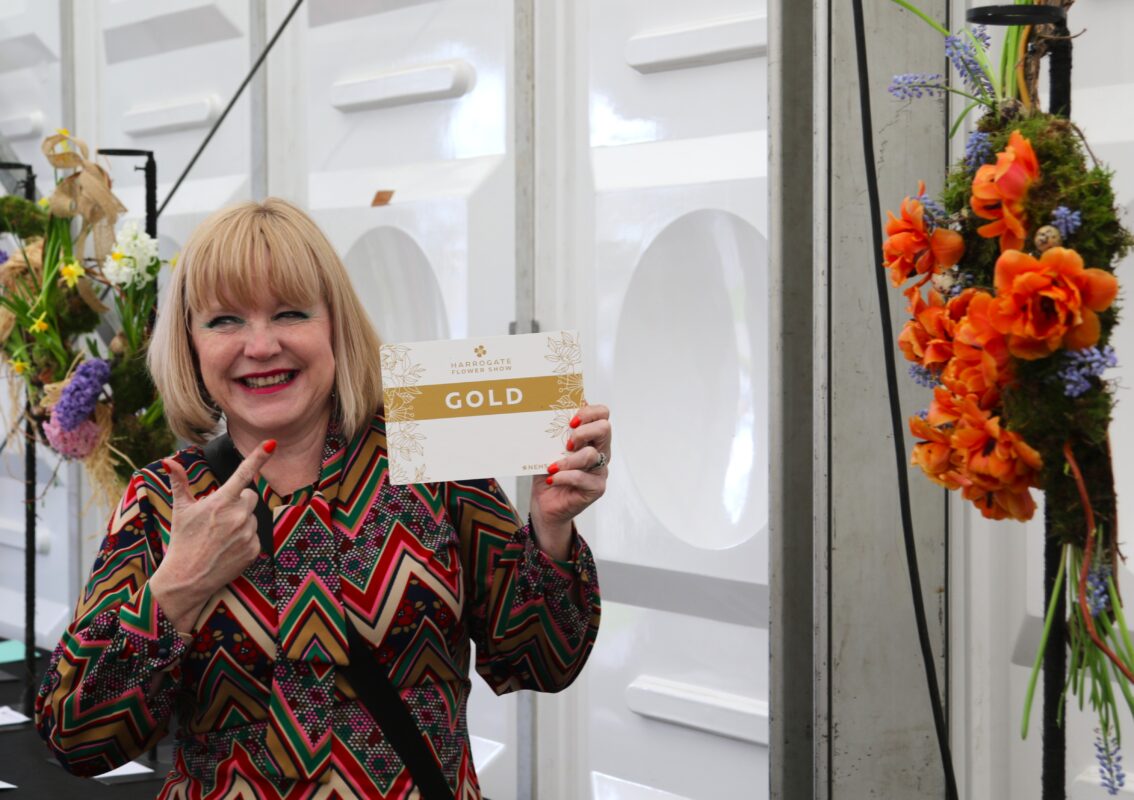How creativity and design can transform the work of STEM researchers

Often, the science and creative industries are thought of as two separate entities in the education sector, but some institutions have taken the leap to include the arts within their science, technology, engineering, and mathematics programmes. Here, Helmut Hauser, professor in robotics at the University of Bristol, discusses how STEM researchers can use creative design software to enhance their work.
The separation of STEM subjects and the arts has impacted the way in which scientific subjects are taught in educational systems across the country – from secondary school level to universities. Problem-solving is a highly creative process that can be used across both specialisms, but unfortunately, many young people express dissatisfaction because they don’t see the link.
It has been reported that arts subjects can sometimes get overlooked and neglected within the world of education because they aren’t seen as academic enough. However, it is often forgotten that the processes and skills which are the driving force behind these arts subjects are equally as important and valuable to those who are studying STEM subjects too.
Across the education sector, the well-known acronym, STEM, is being upgraded into STEAM, as the impact that design and creativity can have on scientific subjects is being more widely embraced. Arts activities are beginning to be seen as a new way to increase motivation and the probability of STEM success, which is essential, because without this, the industry wouldn’t be able to evolve – it would simply get left behind.
Bringing research to life
For scientists to get the most out of their research, it’s essential they tap into their creative sides. The truth is, we are all creative beings, we just need the right tools to help us and realise this. To find these, we must experiment with new avenues and opportunities – after all, discovering new things is what being a researcher is all about.
Design software has transformed my ongoing research into soft robotics at the University of Bristol since I began using it within my work. People may assume having creative and design skills and using this software would hold no purpose for someone like me, but this is not the case at all – it plays a crucial role in any sector where visualisation of concepts is the key to increased understanding.
The ability to quickly translate an idea from within my head to a digital canvas on my iPad has improved my workflows, while increasing my ability to effectively communicate my work to others. Drawing scientific figures for publications and proposals, and improving photos of experimental setups and robotic prototypes, has brought my research to life right in front of my eyes.
Consistent presentation of findings
When it comes to getting my research published in journals and scientific publications, it’s essential I maintain a consistent approach throughout, in order to ensure it looks as professional as possible. To achieve this, I draw all the figures in the same document, which makes it easy to guarantee they follow the same colour scheme, stroke thickness and FX style.
Affinity’s ‘create palette’ option from the image function has enabled me to create my own unique colour palette, meaning that the high-quality figures I create look like they have come straight out of prestigious journals. This is essential in ensuring that my research stands out among my competitors in my research field and is instantly recognisable as my own.
This process also means that I can ensure the images I use are the same size in each figure, further contributing to the consistency of the reports I publish. The software enables me to work in a non-destructive way, since it allows me to resize images into different shapes without needing to crop them, which is essential in ensuring that no important information or data is lost.
Engaging lecture resources
Not only has the design software I use helped me with my own research, but it has also improved my teaching methods for lectures. It has enabled me to bring my ideas to life in lectures and talks, as I’m able to highlight the information I’m presenting to students while explaining it, as well as adding informative labels drawing the eye to important details and explaining complex ideas with visual prompts.
Being able to take complex images or figures and remove their backgrounds, before tracing them manually to produce cartoon-like, cleaner versions, means I can present them in a way which is often easier to read and understand when observing them on a screen in a lecture theatre. I can also export these figures at different stages of the process, before using animation or transitions to build up these concepts as I’m explaining them.
This is also useful when communicating with my students via email, if they need any further help or explanation on a topic following a lecture. By attaching the figures I’ve created to the email, I can provide the student with a visual explanation that they can easily follow. The clear labels and visual layout means they are much more likely to be able to understand the concept, compared to when it was explained to them using words alone.
Ensuring the future of STEM
Not only is my research and teaching style evolving over time, but so is the software I’m using. There is a strong community behind the Affinity products and the applications are consistently developing and improving as a result of this. I find myself discovering new ways of how I can use it as time goes on – such as the newsletter that we are currently developing for our research community. The use cases are extensive.
Problem-solving and creative thinking skills are at the heart of everything we do in the STEM sector, but it’s essential that we ensure young people begin to see this link in the early stages of their education, in order to encourage them to use their imagination and tap into their creativity, and feel like they can pursue these subjects to a higher academic level.
Harnessing creativity and promoting the integration of the arts is key to the success of the STEM industry going forward, and I think, embracing this can benefit anyone working or studying within the sector.
Ultimately, embracing my own creativity is what has enabled me to secure more funding for my projects going forward, broaden my network, establish new exciting research collaborations and, eventually, has guaranteed the future of my research. By encouraging people to recognise the benefits of combining the arts with STEM through my projects, I hope to see more people think about how their own artistic flair and creativity can be put to use within their scientific work, and that the term STEAM will eventually become more widely accepted across the industry in the future.











Responses